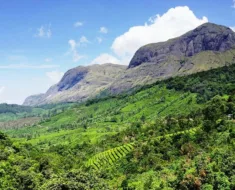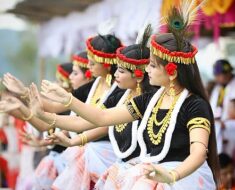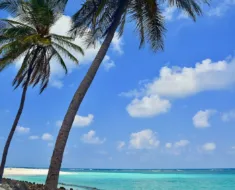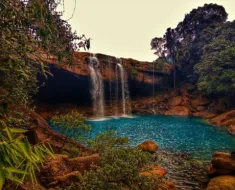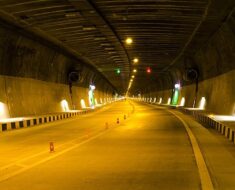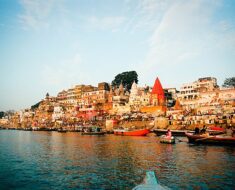The Godavari River is called the Ganga of South India or the Dakshin Ganga. It rises from Trimbakeshwar near Nasik in Maharashtra.
It stands in the second position among the longest rivers in India after the Ganga.
The Godavari Basin is the second largest basin after the Ganges Basin and accounts for nearly 9.50 % of the total geographical area of the country.

The Godavari basin extends over the states of Maharashtra, Telangana, Andhra Pradesh, Chhattisgarh, and Odisha and some smaller parts in Madhya Pradesh, Karnataka, and the Union territory of Puducherry.
The river flows through the states of Maharashtra, Chhattisgarh, Telangana, and Andhra Pradesh, and finally empties into the Bay of Bengal.
The Godavari River is the largest Peninsular river system. It has an extensive network of tributaries and a total length of 1464 km.
The major left bank tributaries are Purna, Pranhita, Indravati, and Sabari Rivers, and the right bank tributaries are Pravara, Manjira, and Maner.
Read More: Deepest River in India – The Brahmaputra
Ganga of South India- The Dakshin Ganga – The Godavari River – Importance in Hinduism
The river is considered holy in Hinduism and is immensely revered by Hindus. Many places on the banks of the Godavari River have been places of pilgrimage for thousands of years.
The Godavari River before emptying into the Bay of Bengal splits into seven mouths that are considered sacred by Hindus.
Together these mouths are referred to as Sapta Godavari and before splitting it is referred to as Akhanda Godavari.
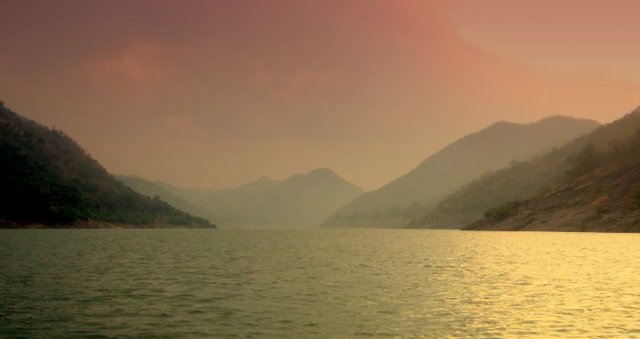
As per Hinduism beliefs and also mentioned in Hindu text and scriptures the holy water of the Godavari river was brought by the Rishi Gautama from the head of Lord Shiva.
And the seven branches of the Godavari are said to have been made by the Sapta Rishis (Great Seven Sages mentioned in the Vedas and other Hindu literature.)
Thus, these seven mouths of the Godavari River are named after these seven great sages and are named as Kasyapa, Atri, Gautama, Jamadagni, Bharadwaja, Kausika or Viswamitra, and Vasishtha.
However, the original branches of Kausika, Bhardwaj, and Jamadagni do not exist any longer and the pilgrims bathe in the sea at the spots where they are supposed to have been.
Taking a holy dip in these mouths is considered auspicious and helps in achieving sin redemption and liberation from the endless cycles of birth and death by Hindus.
Kumbh Mela also takes place on the banks of the Godavari River in Nashik.
Saptasagara Yatra was made by childless couples to be blessed with children along the banks of the river.
Read More:

